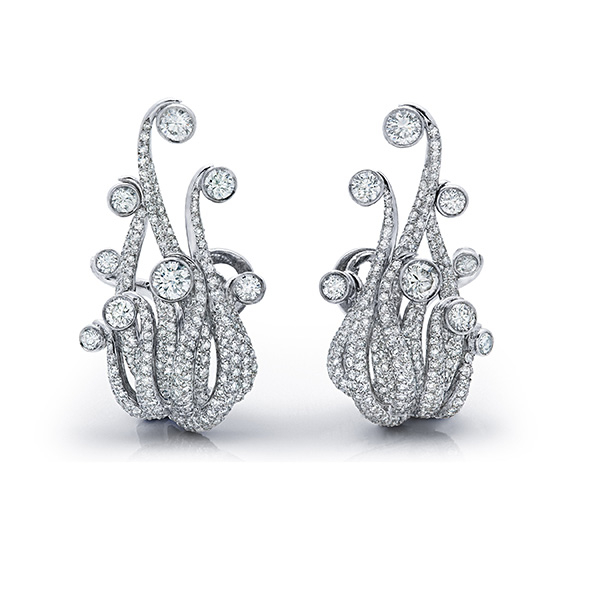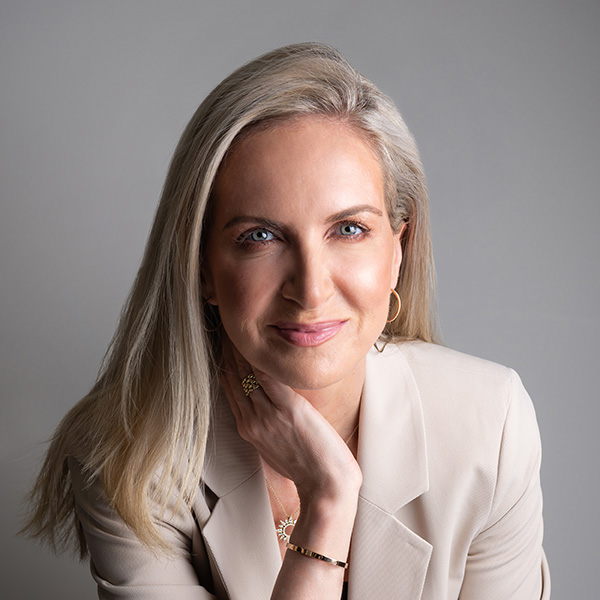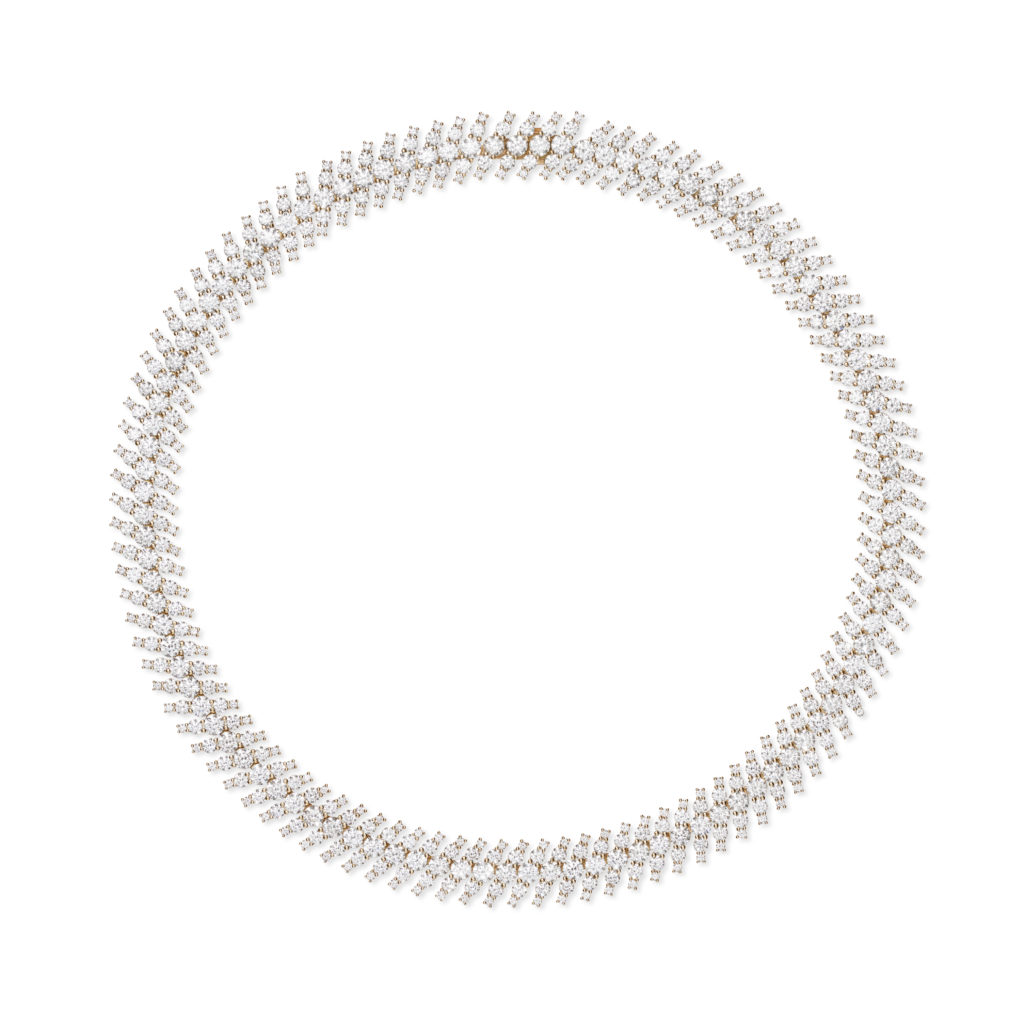
For all the Sturm und Drang surrounding the economy—will we slip into recession or won’t we?—not to mention the tensions inherent to the diamond market (centered, of course, on the growth of the lab-grown sector), diamond sales are proving pretty darn resilient. Or so Kristina Buckley Kayel, managing director and chief marketing officer of the Natural Diamond Council (NDC), tells us.

On a recent call with JCK, she spoke about the general trends that all diamond jewelry retailers should capitalize on, the specific product trends poised to perform well in the second half of 2023, and what younger diamond consumers care about most.
What was the impetus for the report NDC recently published, “Diamond Facts: Addressing Myths & Misconceptions About the Diamond Industry”?
It’s something we constantly do, addressing the myths of the industry and busting them with facts. Especially with the boom we’ve seen in the industry, with demand being up, it also means confusion and misleading information is more prevalent. The objective was twofold: to protect the integrity of the industry overall and to protect the consumer, make sure they’re equipped with data that’s best for them.
It’s about providing an arsenal of tools that the industry can use that’s very consumer-friendly. We really focused on 11 facts or myths—the ones that come up the most and have a lot of confusion around them. We created an article on our website with a four-page summary that independent jewelers love and have been using for internal training. And then we have the full 40-plus-page report that backs up all of the facts.
Let’s shift gears: What’s your read on the diamond jewelry marketplace in 2023?
A bit mixed, but overall very positive. We hear a lot from official retail partners. We are not seeing a slowdown in fashion jewelry and the self-purchasing trend, which is still growing at a pace that’s exceeding that of bridal. (Signet had forecasted a slowdown in bridal because of the peak in engagements last year.) Overall we’re hearing things are good—demand is there despite inflation, recession, all the things you hear about.
We’re also seeing the tech implosion, like when Silicon Valley Bank collapsed, as just another opportunity for people to appreciate the value of natural diamonds. When something like that happens and creates a feeling of uncertainty in the marketplace—and we saw this at the height of the pandemic—we see people investing in things that have tangible, lasting value. It’s good for our category.
Can you talk a little about diamond trends this year?
There are general trends and more specific product trends. First, the general trends: One that keeps growing and not slowing down is self-purchase. All data is pointing to the fact that it’s outpacing bridal, especially in terms of volume. Yes, self-purchase is pegged to milestone events, but also “just because.” There’s a frequency of purchase opportunities. And coupled with that, men’s jewelry is not slowing down either. Men are donning diamonds.
Interestingly, quiet luxury—this move against disposable fast fashion and toward more conscious consumerism—natural diamonds, I think, have a central place there. Their generational value, their uniqueness, their personalized expressions. The long-lasting value of diamonds, the recycling of diamonds generationally—it’s all in direct opposition to disposable fast fashion. And with quiet luxury, you can make a more subtle statement about your style, your story, and your status.
Another general trend: On the frontier of innovation are the contemporary designers, who are doing inventive, original things with diamond jewelry, showing us how they should be worn and styled. When you think about it, the Tiffanys and Cartiers are really looking to heritage, whereas contemporary designers are looking to their own stories and the future. We know Gen Z is now at the getting-engaged phase. We also know they are buying diamond jewelry before getting engaged. Tennis necklaces and tennis bracelets are among the most searched terms and the most requested graduation gifts.
What about specific product trends?
What we hear from retailers is there’s no slowdown in diamond classics, driven by the self-purchase phenomenon. “I’ve got to get my foundation. I need my studs, my hoops, my tennis necklace.”
We’ll be launching at JCK a report identifying trends for the year. We’re looking at statement or choker necklaces, this idea of “second skin” bangles, a return to the ’90s. We’re also seeing a return to the ’70s—bold but still very free, a reflection of where we are culturally, with bold shapes and color and individuality.

Demand for unusual engagement rings is not slowing down. The classic diamond solitaire will always be popular, but we’re seeing more demand for something unique, like the “akimbo” setting, where the stones are askew. These rings are so playful and elegant. They’re changing things up.
It really ties into what the younger consumer is looking for. They want originality, less conventional things—natural diamonds that are not as perfect, might have a little salt-and-pepper. They are embracing inclusions, a reflection of how we present ourselves. There are no boundaries. They see beauty in imperfection. People are really feeling connected to that.
Top: Calamari earrings in 18k white gold with 2.36 cts. t.w. diamonds, price on request; Martin Katz
Follow JCK on Instagram: @jckmagazineFollow JCK on Twitter: @jckmagazine
Follow JCK on Facebook: @jckmagazine






